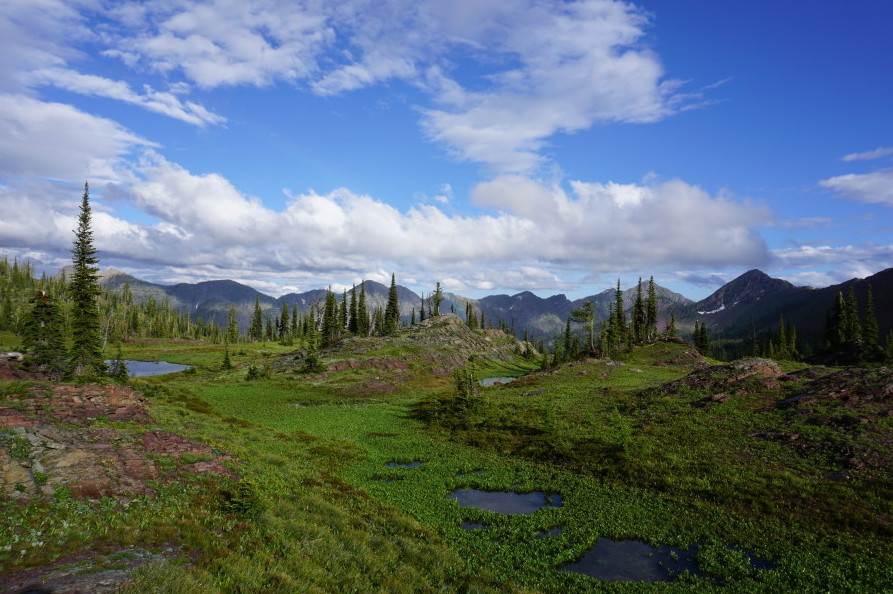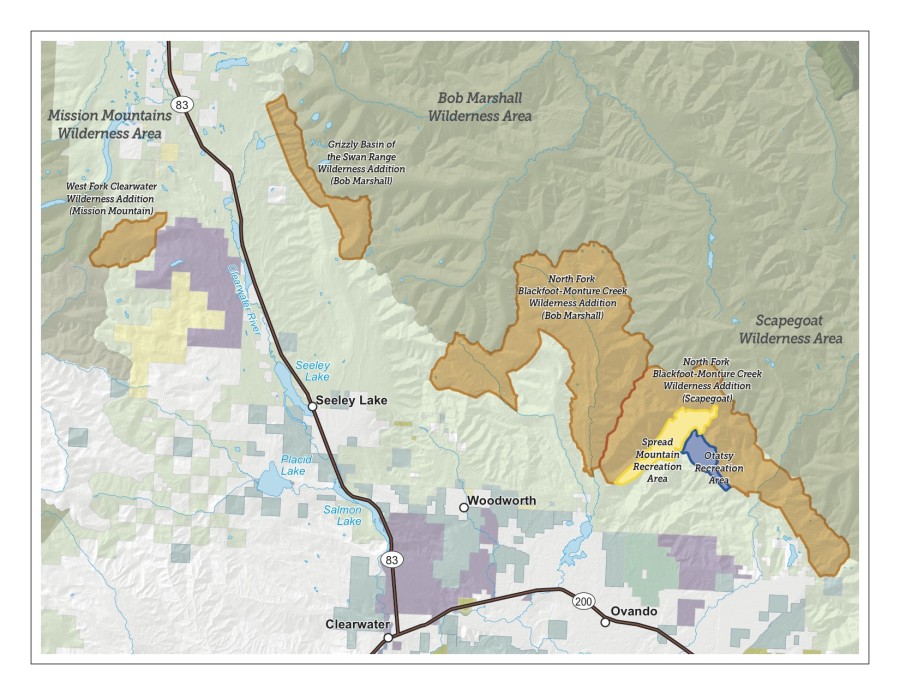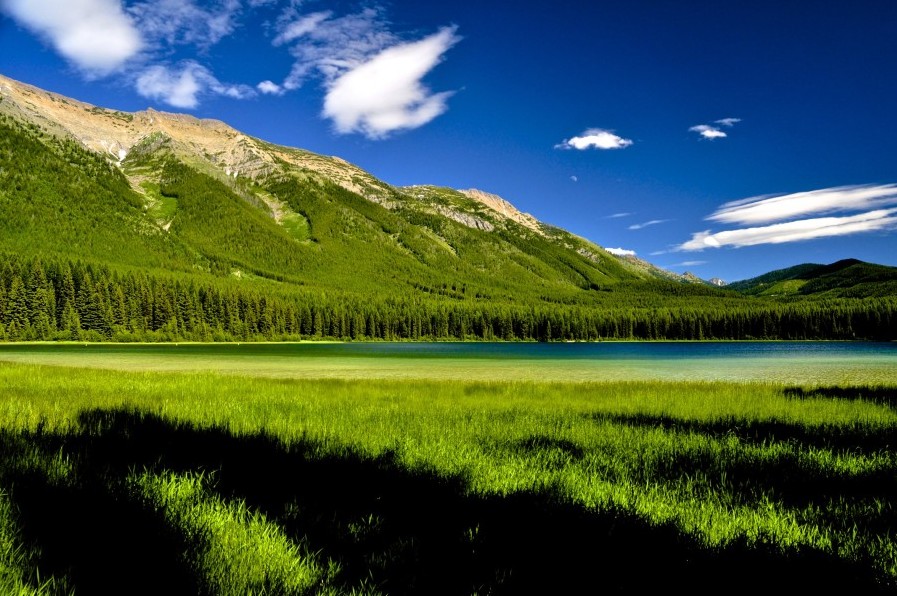
An opportunity to protect the treasured Montana waters made famous by Norman Maclean’s A River Runs Through It is upon us.
On July 7th Senator Jon Tester of Montana reintroduced the Blackfoot Clearwater Stewardship Act, a bi-partisan, Montana-made bill that will protect the headwaters of the storied Blackfoot River. For over a decade, longtime Conservation Alliance grantee, Montana Wilderness Association (MWA), has been working with a diverse coalition of stakeholders to secure protections for this landscape.
Below, Erin Clark – MWA’s Western Montana Field Director – explains the history behind this Montana-made bill.
The Hallowed Waters of the Blackfoot River
The Blackfoot Clearwater Stewardship Act (BCSA) protects an area known to the world, thanks to a Montanan’s willingness to share the magic and beauty of his favorite river. In 1976, Norman Maclean released A River Runs Through It, a coming of age novella that features the Blackfoot River and shares a story that explores the power of the outdoors in the context of family. Many acknowledge that Montana has never been quite the same since a film of the same name, featuring Brad Pitt, was released in 1992. Word was out about the incredible blue ribbon fly fishing opportunities in the Big Sky State!
Few A River Runs Through It viewers knew that the Blackfoot River’s health had suffered in recent decades. In 1975, a blowout at the Mike Horse Dam in the very upper reaches of the Blackfoot River sent nearly 200,000 cubic yards of toxic mine waste directly into the river. The waste killed all forms of life in the river for miles, including trout and other fish in the areas featured in Maclean’s book. Clean-up of this incident has continued ever since, and an impoundment of mine tailings 65 feet high still lie in a mountain pass above the Blackfoot River.
Thankfully these tailings are safely impounded and the Blackfoot River again runs clean and supports healthy native fish populations. The Blackfoot Clearwater Stewardship Partnership released a short film earlier this year called “Hallowed Waters: The Legacy and Lifeblood of the Big Blackfoot” that describes how this newly introduced legislation will ensure that this storied river continues to support opportunities for future generations of anglers and river goers. Maclean’s book included haunting warnings about time’s ability to degrade our beloved, wild places, “No one can tell what a spot of time is until suddenly the whole world is a fish and the fish is gone.”
The making of the Blackfoot Clearwater Stewardship Act
The story of the Blackfoot Clearwater Stewardship Project is a story of Montana neighbors working together to find common ground and create solutions for their public land backyard. It all started in 2005 when two groups you typically don’t see at the table together – snowmobilers and wilderness advocates – created a proposal to provide new opportunities for winter recreation as well as add a few key pieces of habitat to existing Wilderness. Before long, the project added voices from timber, outfitting, ranching, hunting, and mountain biking interests, as well as business and community leaders, all around the concept of aiding the Forest Service in achieving maximum implementation of the Forest Plan for the Seeley Lake Ranger District.

One vehicle for this implementation became the Southwestern Crown of the Continent Collaborative. Another necessary vehicle, since the Project seeks Wilderness additions to the Lolo National Forest, was federal legislation.
Project members developed a proposal to add 78,000 acres to the Bob Marshall, Scapegoat, and Mission Mountains Wilderness Areas. These additions will forever safeguard iconic areas such as Grizzly Basin, Monture Creek, the North Fork of the Blackfoot River, and the West Fork of the Clearwater River. The legislation will give the Forest Service more tools to actively manage forests on the Seeley Ranger district. It will also support one of the largest and fastest growing sectors of Montana’s economy. Outdoor recreation in Montana generates $7 billion a year in consumer spending and supports 70,000 jobs, according to a recent report published by Headwaters Economics for the Montana Office of Outdoor Recreation. The BCSA will enhance recreation opportunities in Seeley and Ovando by supporting the Forest Service in executing a recreational trails study, as well as establishing two new recreation management areas for mountain biking and snowmobiling.
In 2017, Senator Jon Tester introduced the BCSA. Since then, Montana’s delegation found common ground in creation and passage of the hugely popular S. 47 public lands package, which included the Yellowstone Gateway Protection Act, but not the BCSA. The Blackfoot Clearwater Stewardship Project is now calling upon the entire Montana Congressional delegation to come together around the BCSA, as they demonstrated they can with S. 47.
Support for the BCSA cuts across all party lines. A 2018 University of Montana Public Lands Survey demonstrated that 68 percent of Republicans, 74 percent of Independents, and 78 percent of Democrats support the bill. The BCSA represents the next significant opportunity for protection of Montana public lands for generations to come. Passage of the BCSA will send a strong message that people from diverse backgrounds can create solutions for their communities in Montana in beyond.
Senator Jon Tester’s reintroduction of the legislation last week is the first step towards this goal.

Want to help protect the headwaters of the Blackfoot River?
- Visit blackfootclearwater.org and endorse the bill. If you are a business owner, email the BCSP at blackfootclearwater@gmail.com to become a business endorser.
- Reach out to the Montana congressional delegation and encourage them to support this grassroots public lands legislation. In the case of Senator Tester, you can thank him for reintroducing the bill.
Senator Jon Tester: 202-224-2644
Senator Steve Daines: 202-224-2651
Congressman Gianforte: 202-225-3211

